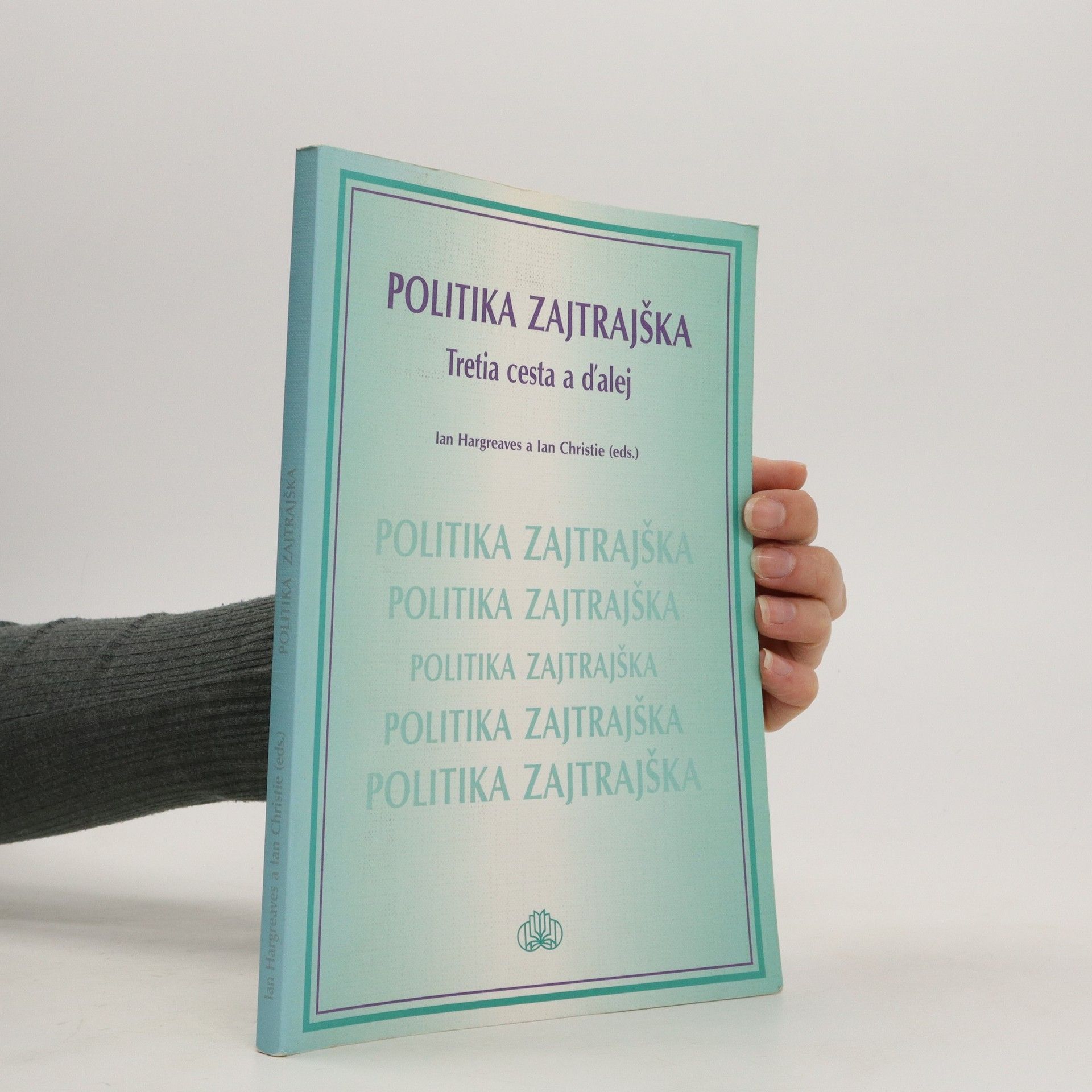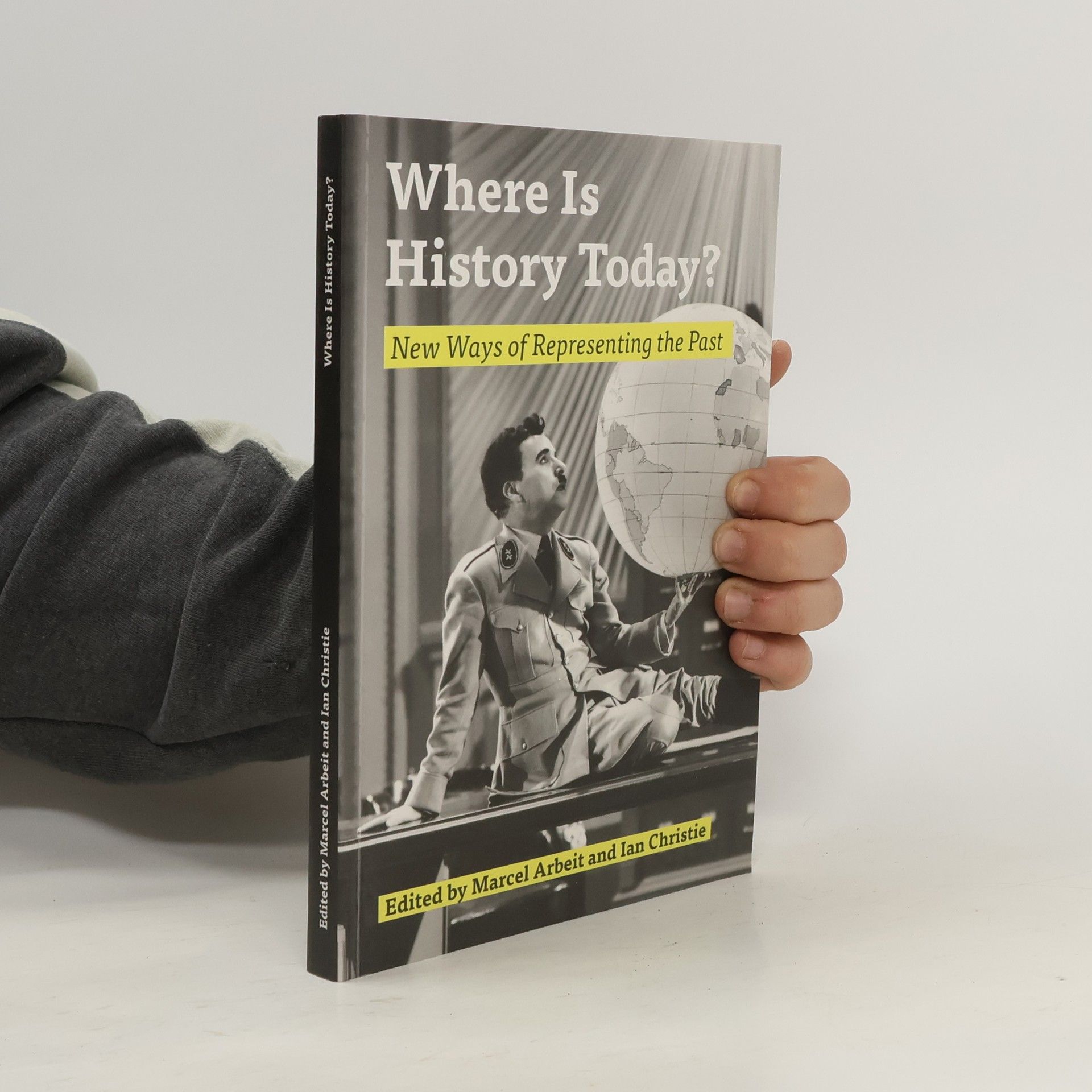Produced in the aftermath of the Second World War, Michael Powell and Emeric Pressburger's A Matter of Life and Death (1946) stars David Niven as an RAF pilot poised between life and death, his love for the American radio operator June (Kim Hunter) threatened by medical, political and ultimately celestial forces. The film is a magical, profound fantasy and a moving evocation of English history and the wartime experience, with virtuoso Technicolor special effects. In the United States it was released under the title Stairway to Heaven, referencing one of its most famous images, a moving stairway between earth and the afterlife. Ian Christie's study of the film shows how its creators drew upon many sources and traditions to create a unique form of modern masque, treating contemporary issues with witty allegory and enormous visual imagination. He stresses the teamwork of Powell and Pressburger's gifted collaborators, among them Director of Photography Jack Cardiff, production designer Alfred Junge, and costume designer Hein Heckroth, and explores the history of both British and international responses to the film. Christie argues that the film deserves to be thought of as one of the greatest achievements of British cinema, but of all cinema
Ian Christie Books





Following the release of Gangs of New York, this is an updated edition of the study of America's foremost film director. It offers Martin Scorsese in his own words and is an insight into a body of work that is perhaps the most personal achievement in modern American cinema. číst celé
Where is history today? : new ways of representing the past
- 207 pages
- 8 hours of reading
History no longer belongs only to historians, but is woven into the fabric and discourse of daily life. This fresh and wide-ranging survey explores how new media and new historiographic approaches are dramatically expanding what we understand by “history” today. Controversy about the aims and limits of historical analysis has raged ever since the rise of postmodern history in the 1970s. But these debates have rarely affected the understanding of history in Central and Eastern Europe. The volume confirms the crucial importance of audiovisual and mass media, from film to television and radio to comics, but does not exclude literary scholars and art historians who are also rethinking their methods, taking note of their new consumers. If history formerly appeared to be a one-way transmission of expertise, it is increasingly a dynamic engagement between researchers and audiences.
The Film Factory provides a comprehensive documentary history of Russian and Soviet cinema. It provokes a major reassessment of conventional Western understanding of Soviet cinema. Based on extensive research and in original translation, the documents selected illustrate both the aesthetic and political development of Russian and Soviet cinema, from its beginnings as a fairground novelty in 1896 to its emergence as a mass medium of entertainment and propaganda on the eve of World War II.
Politika zajtrajška: Tretia cesta a ďalej
- 149 pages
- 6 hours of reading